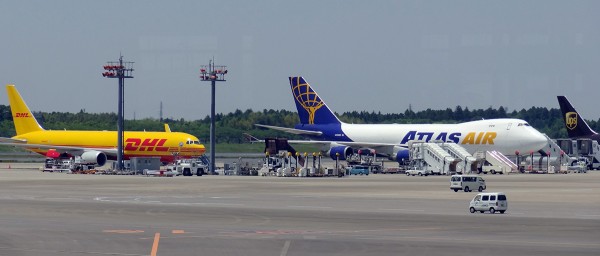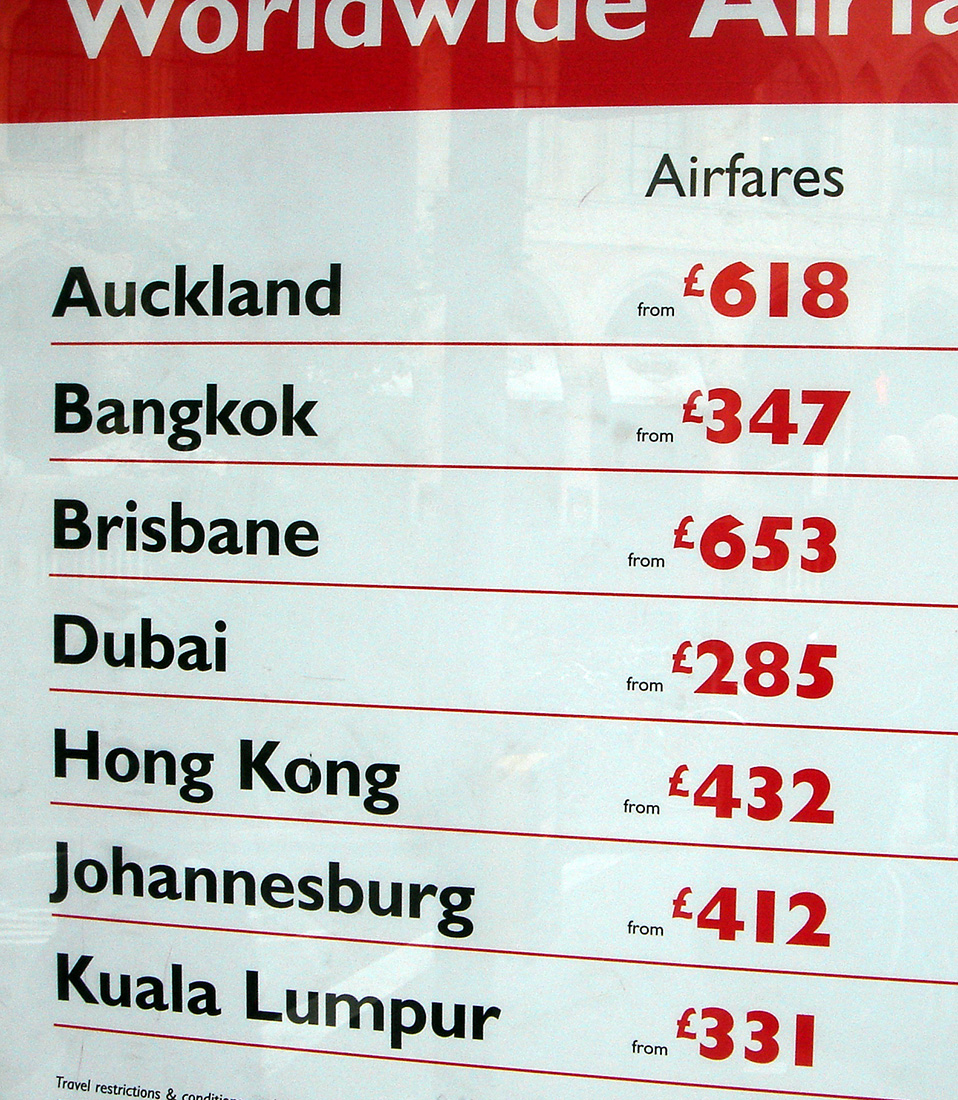Who controls the airports?
 No matter the product or service, price is always a key factor and never more so than in tough economic times. In most cases, prices are allowed to be determined by the forces of demand and supply, which gives the equilibrium price. However, in some cases, the government may choose to intervene with a price control, for example rent controls and the national minimum wage. Another market where there is also regulation is the airline industry and the Civil Aviation Authority have recently been criticized by Heathrow Airport for its price control plan.
No matter the product or service, price is always a key factor and never more so than in tough economic times. In most cases, prices are allowed to be determined by the forces of demand and supply, which gives the equilibrium price. However, in some cases, the government may choose to intervene with a price control, for example rent controls and the national minimum wage. Another market where there is also regulation is the airline industry and the Civil Aviation Authority have recently been criticized by Heathrow Airport for its price control plan.
Whenever we go on holiday, the price we pay for an airline ticket will depend in part on the airport we are taking off from and landing at, as they will charge the airline for landing fees, security, terminals etc.  Heathrow airport had proposed that annual rises to its tariffs charged to airlines would increase by 4.6% above RPI inflation. However, this plan has been rejected by the CAA, which has said that the annual tariff rise between 2014 and 2018 should not be above the RPI. Though Heathrow are criticizing the CAA about this restriction, it is an improvement from the initial proposal which would have capped price rises at the RPI minus 1.3%.
Heathrow airport had proposed that annual rises to its tariffs charged to airlines would increase by 4.6% above RPI inflation. However, this plan has been rejected by the CAA, which has said that the annual tariff rise between 2014 and 2018 should not be above the RPI. Though Heathrow are criticizing the CAA about this restriction, it is an improvement from the initial proposal which would have capped price rises at the RPI minus 1.3%.
Controversy has naturally been created, with the CAA arguing that such price controls are needed to keep prices down and thus benefit consumers and retain the competitiveness of Heathrow airport. But, in contrast, Heathrow has argued that such a cap will put its competitive position under pressure and will risk future investment in the UK. But this isn’t the only criticism of the CAA. Airlines aren’t happy with the ruling either, arguing that the CAA has bowed to the pressure of Heathrow. The contrasting positions of the CAA, Heathrow and airlines are evident in the following quotes, firstly from the Chairwoman of the CAA:
The proposals will put an end to over a decade of prices rising faster than inflation at Heathrow. Tackling the upward drift in Heathrow’s prices is essential to safeguard its globally competitive position. The challenge for Heathrow is to maintain high levels of customer service while reducing costs. We are confident this is possible and that our proposals create a positive climate for further capital investment, in the passenger interest.
Secondly, from Heathrow’s Chief Executive:
This proposal is the toughest Heathrow has ever faced. The CAA’s settlement could have serious and far-reaching consequences for passengers and airlines at Heathrow … We want to continue to improve Heathrow for passengers. Instead, the CAA’s proposals risk not only Heathrow’s competitive position but the attractiveness of the UK as a centre for international investment. We will now carefully consider our investment plans before responding fully to the CAA.
And finally from the IAG Chief Executive, who said:
[The CAA] neglected its new primary statutory duty to further the interests of passengers by endorsing a settlement that allows the UK’s monopoly hub to ignore its inefficiencies and over-reward investors by imposing excessive charges … It is a bad day for customers who have been let down by the CAA.
Any price rise from the airports will be passed on to airlines and these in turn will translate into higher prices for customers. However, is there any truth to Heathrow’s claims that investment will be adversely impacted? As costs rise, profit margins and profit will fall, unless the revenue generated can increase. Price controls restrict the amount that prices can rise and thus unless demand increases by a significant margin, profits will decline. With lower profits, there will be less money for investment and arguably the service that customers face will also decline. However, the CAA suggests that Heathrow will be able to cut its costs and thus protect investment into the future, while retaining its competitive position globally by charging lower prices to airlines. This is unlikely to be the end of the journey, but for the moment, the CAA appears to have put its foot down. The following articles consider the battleground between the CAA and Heathrow.
Regulation in the passenger’s interest, support investment and driving competition The Civil Aviation Authority (3/10/13)
Passengers at Heathrow ‘face £1bn fares hike’ Independent, Matthew Beard (4/10/13) Heathrow airport attacks regulator’s price control plan BBC News (3/10/13)
Heathrow airport attacks regulator’s price control plan BBC News (3/10/13)
CAA proposed Heathrow charges rise in line with inflation The Telegraph, Rebecca Clancy (13/10/13)
Passengers face fare increases as Heathrow and Gatwick are allowed to up landing fees Mail Online (3/10/13)
Heathrow and airlines enraged by CAA price proposals The Telegraph, Alistair Osborne (3/10/13)
Heathrow attacks Civil Aviation Authority over airport charges Financial Times, Andrew Parker (3/10/13)
BAA considers life outside Heathrow as CAA backtracks on charges The Guardian, Gwyn Topham (3/10/13)
Heathrow charge plan disappoints all round Wall Street Journal, Peter Evans (3/10/13)
Questions
- What is the role of a regulator?
- Explain how the price control outlined by the CAA will affect Heathrow.
- If Heathrow is unable to cut costs, what is the likely effect? Using a diagram illustrate the impact on profitability if costs (a) can be reduced and (b) cannot be reduced.
- Why are the CAA being criticised by airlines and airports?
- How will customers be affected by Heathrow’s planned price rises and the CAA’s proposal?
- ‘Regulation in the airlines industry is essential to retain competitiveness.’ Evaluate the validity of this statement.